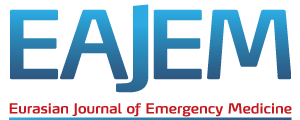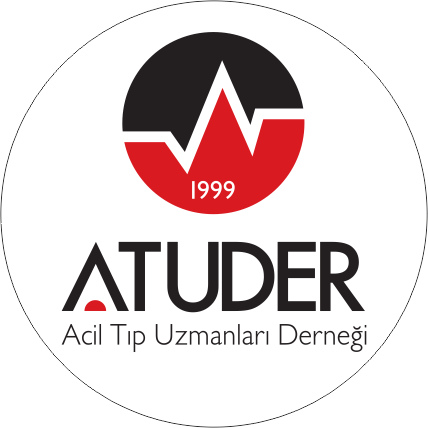ABSTRACT
If plasmapheresis is a nonspecific extra-corporeal blood cleansing treatment, that is used in many immunologic and toxicologic disorders. The four basic components of blood include red blood cells, white blood cells, platelets and plasma. Abnormal in content or quantity, it can be removed by an apheresis procedure. Clearance of drugs by plasmapheresis is the most effective for toxins that are highly bound to plasma proteins and that also have a low volume of distribution in the body. Plasmapheresis is effective in the treatment of life-threatening intoxications with tricyclic (amitriptyline) and tetracyclic (maprotiline) antidepressants. And it is is also used mostly to treat phalloid mushroom intoxications. Snake venoms consist of low molecular weight peptides and enzymes that have hematotoxic and neurotoxic properties. Approximately 20–30% of patients with clinical symptoms and signs after snake bite (the others being “dry” bites), hematological abnormalities such as disseminated intravascular coagulation and other bleeding (i.e., gastrointestinal, nasal, oral, genitourinary, and dermal), may occur. The objective of this study is to evaluate the necessity of plasmapheresis in emergency medicine.



